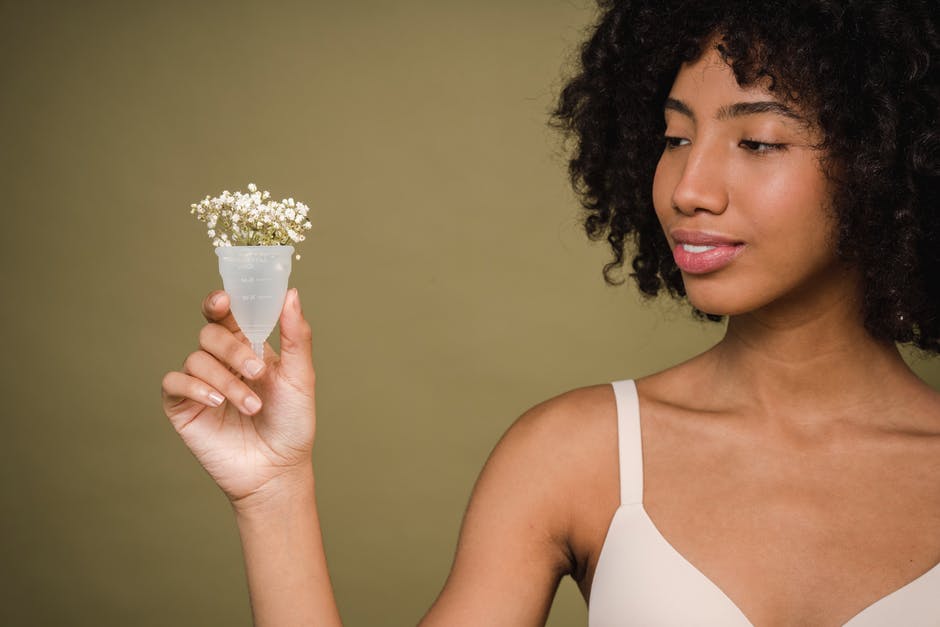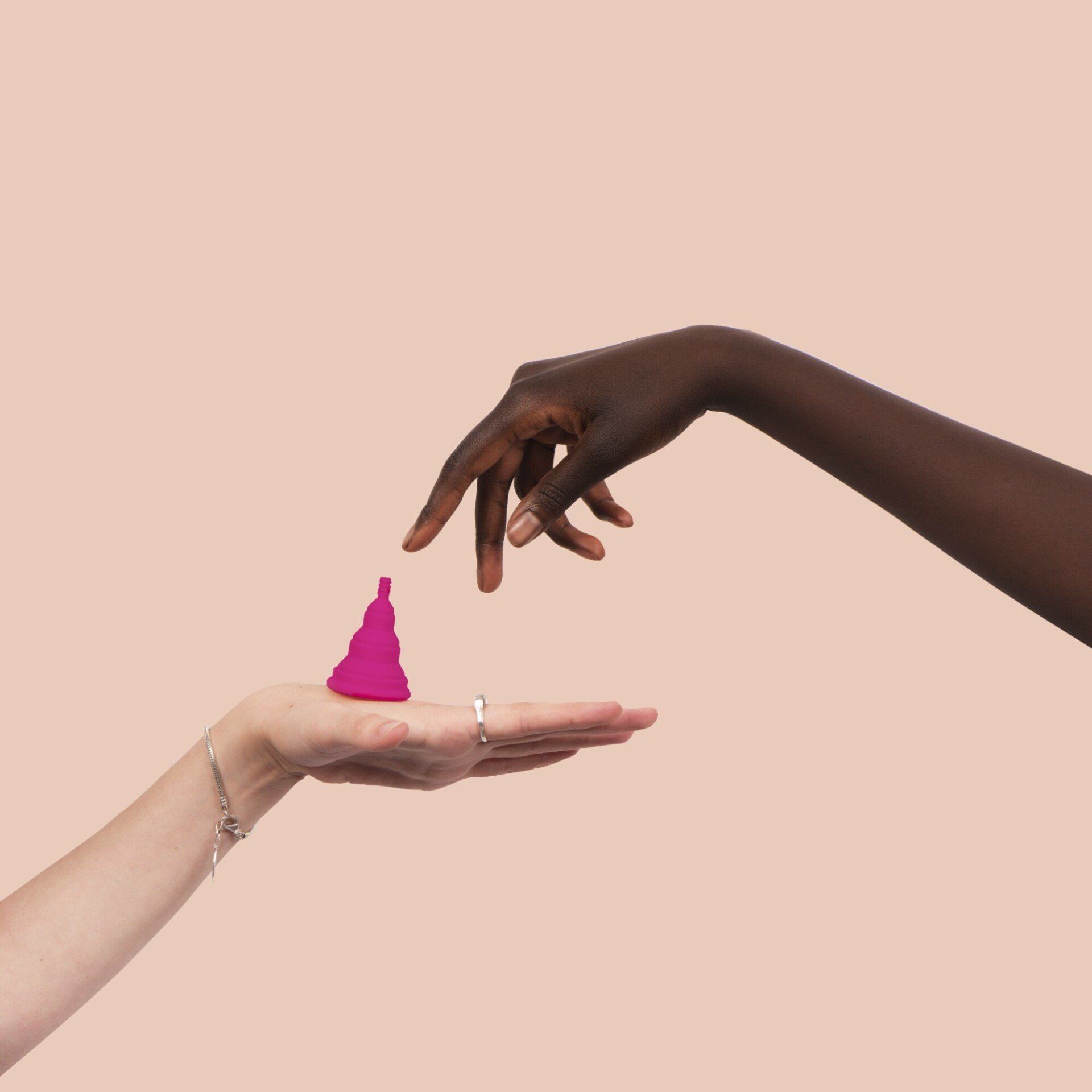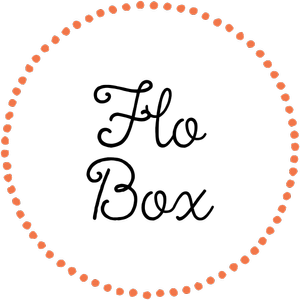Comparing Period Products: Which Is Best for You?
It can be hard to know which menstrual products work best for you without trying them all. We compare period products so you know which to choose.
The numbers are in-- a woman will spend at least $6,000 on period products in her lifetime. Depending on the product types, it could be more.
Much more.
With trial and error, a woman might even spend closer to $10,000 over the course of her reproductive years.
With the amount of money we shell out on a monthly basis to manage the flow, you'd think we'd demand something more... comfortable. But how do we figure that out? How do we find out what's out there?
We've got you covered. Read on for a breakdown of the most popular period products out there. Trust us-- we've tried them all!
Choosing the Right Menstrual Products
One size does not always fit all! When choosing period products for your own personal use, there are a few things to consider before making that first purchase. Ask yourself the following questions while browsing period products for next month:
- What kind of activities am I going to be doing?
- Will my outfit need something seamless?
- Do I find tampons or insertable products comfortable?
- Do I want eco-friendly options?
- How often will I need to change out my period product in order to stay comfortable and dry?
- What is my budget?
At the end of the day, the right period product will make you feel comfortable and let you live your life the way you want it. No need to limit yourself or stick to one kind!
Popular Types of Period Products
Did you know there are more options out there than just traditional pads and pantyliners? The world of feminine care is changing.
Tampons
Tampons are a classic and quick solution for a pesky period. Tampons consist of absorbent materials that soak up blood when inserted into the vagina. Once you get the hang of tampon insertion, they're easy to throw into a bag or keep with you at all times (just in case).
Tampons are usually composed of materials like rayon and plastic. For the eco-conscious, they are becoming more available in "natural" forms of organic cotton and cardboard applicators.
These products come with a lot of benefits. For many, they're discreet and simple. They are disposable, small, and cheaper than other options.
You can wear them while swimming, and feel pretty comfortable throughout the day if inserting your tampon correctly. There should be no feeling of wetness as long as you change and replace used tampons every few hours.
However, some women avoid tampons if they find them itchy, irritating, or uncomfortable. Tampons can absorb the body's natural lubricating fluids as well as bacteria, causing the potential for problems. Although rare, Toxic Shock Syndrome is a result of bacterial overgrowth that can accompany a tampon left in for too long.
You can safely use a tampon as long as it's removed and changed every 4-8 hours. Remove your tampon and see a doctor immediately if you experience vomiting, fever, dizziness, rashes, or diarrhea.
Disposable Pads and Pantyliners
Pads are another popular option, especially for women just getting acclimated to their period or those who would rather not insert tampons or menstrual cups into their vaginal canal. Like tampons, pads are also made of rayon and polymers made of plastics. They absorb menstrual blood and uterine lining into the material, so a feeling of wetness is possible.
Unlike tampons, women wear pads and pantyliners (the thinner version) overnight and for longer periods of time without having to worry about toxic shock syndrome. However, they aren't always the preferred product for exercise or swimming. They can sometimes be seen through different clothing choices.
While easy to wear and change, some worry about the environmental concerns associated with pads. Because pads are made of synthetic plastics, there can be an element of pollution, fragrance irritation, and side effects associated with the byproducts of the bleaching process. This can be avoided by choosing the right brand or selecting an organic option.
Conventional bleaching methods are used in conventional pads and liners. Dioxins and furans are common byproducts of the bleaching process. They are linked to cancer, endocrine disruption, and reproductive toxicity.
Reusable Pads and Pantyliners
For a more environmentally friendly option, try reusable pads! These are washable versions of a traditional period product that snap into place within one's underwear.
Depending on the brand, reusable pads are made of materials like:
- Polyester
- Cotton
- Organic cotton
- Polyurethane laminate
- Thermoplastics
They can be found in different absorbency levels and sizes.
Because they can be washed, reusable pads tend to be more cost-effective than disposable options. However, expect an initial startup cost to be involved. Consider it an investment!
Menstrual Discs
Menstrual discs are one of the newer options on the market. First available to purchase in 2015, menstrual discs are similar to cup. Unlike a cup, the menstrual disc sits at the base of the cervix-- much farther up the vaginal canal, behind the pubic bone.
Menstrual discs collect your flow and hug your body's unique shape. Because no body is exactly the same, why should our period products be?
Unlike other inserted products, menstrual discs can be left inside during sexual intercourse. During sex (or throughout the day), the flow collects in a soft bag that allows for greater freedom and flexibility. It's ideal for an active lifestyle and for women who like to exercise.
If you choose to go the menstrual disc route, expect to use an average of eight disposable discs per cycle.
Menstrual Cups
Like menstrual discs, menstrual cups work by collecting blood into a cup inserted into the vagina. Menstrual cups are reusable and need emptying, washing, and re-insertion throughout the day. Conveniently, menstrual cups can hold 1-2 ounces of blood (the equivalent of 3-6 tampons).
While a heftier investment than pads or tampons, menstrual cups can actually save you money through a one-time investment. They're secure while swimming, and last about 12 hours, depending on your flow. Expect to keep your menstrual cup for 1-3 years (depending on the brand and the material).
Menstrual cups come in a few sizes that often depend on your size and whether or not you have experienced a vaginal birth. They can be a little messy while you're getting used to them-- expect to practice!
To insert the cup, fold it in half and pinch the entire cup firmly between your fingers. While pinching, insert the cup as far up as you can comfortably insert into your vagina, and release. A suction creates a seal between the rim of the cup and the vaginal canal, so it's best to rotate a full circle to make sure the seal is secure.
Period Underwear
We love period underwear. Multiple layers of microfiber polyester layer into your favorite style in order to wick menstrual blood away from the body and absorb it into the fabric.
This fabric's microscopic filaments keep your flow locked in and away from your clothes. You don't have to worry about your period seeping through the fabric and getting through to your pants. The outer layer of most period underwear blends with nylon and lycra materials and covered with a liquid-repellent chemical to further protect your favorite outfit.
Wearing underwear made to absorb blood can be extremely convenient and comfortable-- especially when you have little time to change a cup or tampon, or want to enjoy a secure night of sleep. You can find period underwear in different absorbencies and sizes for when you have lighter or heavier days.
You can even find different styles! No need to stick with boring or unflattering cuts-- many brands offer bikini, boy short styles, boxers, and other underwear cuts that allow you to mix and match depending on how you're feeling that day.
Most women find period underwear to be comfortable, environmentally friendly, and economical. No need to worry about toxic shock syndrome-- though they need changing and washing on a daily basis. Most women tend to buy multiple pairs in order to keep up with the laundry and a heavier flow.
Proper care requires you to rinse your period underwear before washing, and to air dry. With this care, your period underwear should last a minimum of two years.
Welcome to the Sisterhood
Period products are one of those feminine necessities that many of us end up buying for nearly 40 years of our lives. It's important to find the right products that make your period manageable, and perhaps even enjoyable!
For curated care during your "time of the month," browse our boxes. Why not give yourself something to look forward to?



